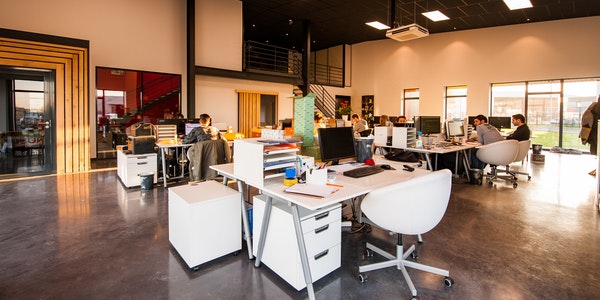Business lighting is also called commercial lighting. The obvious difference between it and home lighting is that the application site is different, so there are obvious differences in requirements, design, and product features. Commercial lighting has scientific definitions and requirements for the illuminance, color temperature, and color rendering of light sources used in specific commercial environments. Different commercial office lighting requirements are different. What are the requirements for shopping mall lighting, office lighting, school lighting, airport lighting, hotel lighting, etc.? Let us walk into the world of commercial office lighting and see how to create a scene atmosphere.
Shopping Mall Lighting
- Shopping mall area lighting
Considering the characteristics of each functional area of the supermarket, design matching lighting solutions. Highlight the product so that the shape, color, luster and texture of the product can be accurately reflected. Including the lighting of the entrance, aisle, cash register, storefront, window, display shelf and other areas of the shopping mall.
- Attract and induce shopping
In the case of a color temperature of 3000-4000k and an illuminance of 400-600lux, the lighting will achieve an efficient and eye-catching effect, which will increase the efficiency of employees while stimulating consumer purchase behavior, thereby promoting supermarket popularity.
- Standby emergency lighting
Due to the dense population of supermarkets, when the normal lighting is out of power, the standby lighting should ensure normal activities. It must be equipped with emergency lighting, safety evacuation lighting, and set up advertising lighting and reflective lighting as required; provide on-duty lighting for personnel on duty for inspections, security inspections, and observations during non-business hours.
Hotel lighting
- Hotel area lighting
The main lighting in the lobby of the hotel adopts large chandeliers or lanterns, and embedded downlights are arranged with stars. The room lighting should be warm tones and the color temperature should be around 3300K. Generally, the main lamp is not installed, but the light trough/downlight/spotlight/wall lamp/table lamp/floor lamp, etc., and the partition can be controlled.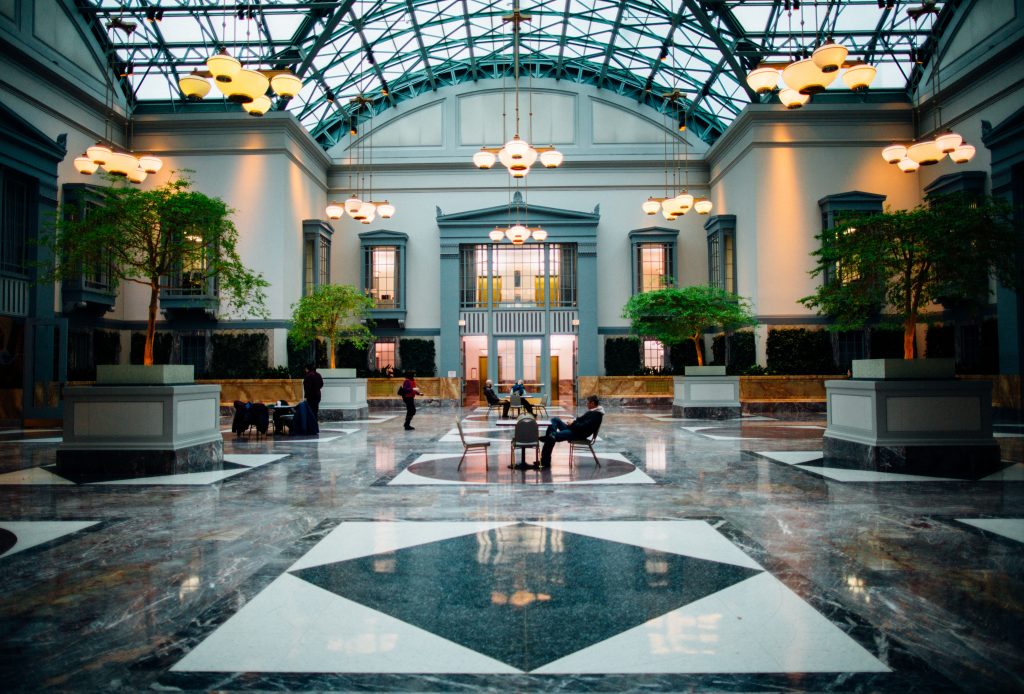
- Intelligent adjustable lights
Natural lighting is the main source of indoor light. Artificial lighting is only a supplement. Through dimmable design, the transition between day and night is achieved. Intelligent dimmable system is an indispensable part of the hotel lobby lighting design. It can change and coordinate the overall single light environment, and it is more energy-efficient.
- Make the tone uniform
Use light sources with the same color temperature to avoid messy light colors on the same functional area, surface and object. Use light sources with consistent color temperature to make the color tone of the light environment uniform. Don’t emphasize conflict and drama too much.
Office lighting
- Office area lighting
The front desk displays the corporate image area, so the design requires diversified lighting methods. The grid lamp panel is used in the workbench area to make the work space even light and reduce glare. Energy-saving downlights are used in the passage area of the collective office to add light to the passage.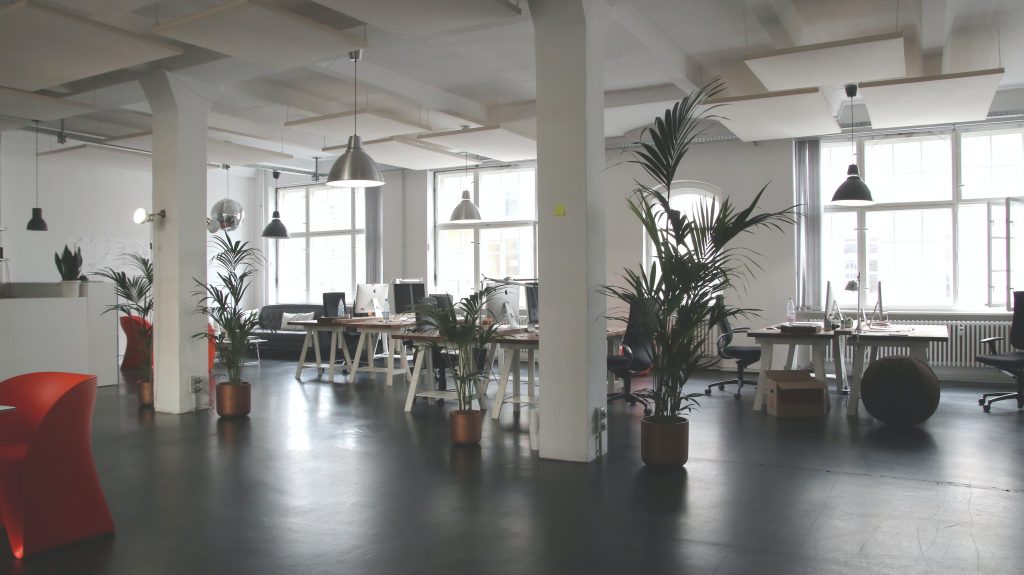
- Conference room lighting
It is necessary to consider the main lighting on the conference table. Make people feel centered and concentrated. The illuminance should be appropriate, and auxiliary lighting should be added around. Lighting illuminance specification The most suitable lighting illuminance range for indoor office is 1000lx-2000lx. Lighting in this range can reduce visual fatigue and make people feel comfortable. If this value is as low as 500lx, it is not suitable for reading books, watching computers, etc. It will hurt the eyes and make people feel depressed.
- Avoid reflected glare
Lighting fixtures are generally set on both sides of the employee’s work area, rather than directly in front and above, when viewing the display screen. If the illuminated lamp image forms glare, thereby reducing the visibility of the displayed content and affecting the visual comfort, the light outlet surface with diffuser or grille should be used, or indirect or semi-indirect lighting lamps should be used to reduce Reflected glare.
Airport lighting
- Airport Illumination and Color Temperature
The average illuminance standard of the terminal is 200lx, and the color rendering should be greater than 80. Especially in areas such as ticket counters and security checkpoints, there must be sufficient illumination to support the functional operation of the area. On the basis of the illuminance requirements, the lighting must also be bright and comfortable, without glare, and the color temperature should not be too warm (for the airport terminal, white light is the ideal color temperature).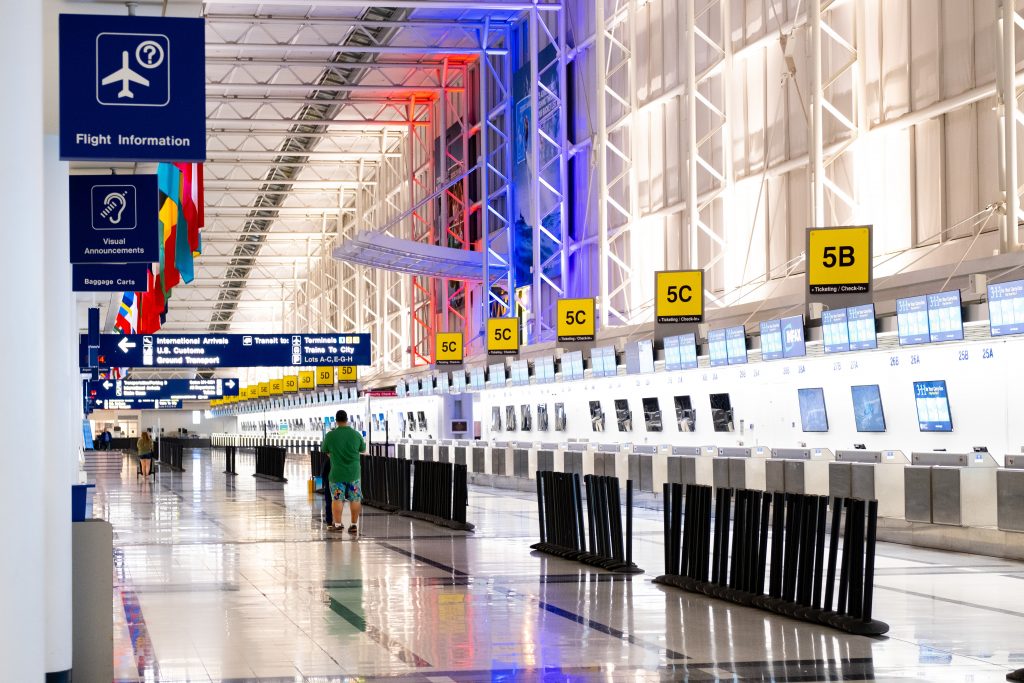
- Natural light saves energy consumption
In addition to ensuring the use of artificial light, natural light must also be fully utilized to ensure that the indoor environment is more natural and energy consumption can be saved.
- The guiding light is obvious
As a super-large transportation hub, the airport terminal must not only pay attention to the visual experience of passengers, but also ensure that the signs and directions of each building in each area of the airport have the best recognizable all-weather, so as to provide better services.
School lighting
- Classroom lighting standards
The maintenance average illuminance value on the desktop of the classroom class should not be less than 300lx, and the uniformity of illumination should not be less than 0.7; the classroom blackboard should be equipped with local lighting, and the maintenance average illuminance value should not be less than 500lx, and the uniformity of illumination should not be less than 0.8. The uniform glare value (URG) of the classroom should not be greater than 19. The color rendering index of the classroom lighting source should not be less than 80. The classroom should use a light source with a color temperature of 3300K-5500K.
- Classroom lights and blackboard lights
Classroom lights: it should be arranged longitudinally (the long axis of the lamp is perpendicular to the blackboard), and the vertical distance between the lamp and the desk should not be less than 1.7m, that is, the installation height of the classroom lamp should refer to the height of the desk, the height of the desk in primary and secondary schools is generally 70cm Around, the height of the kindergarten table is generally about 50cm. The specific desk height should be adjusted according to the average height of the local school students.
Blackboard lights: special blackboard lights with asymmetrical strong light distribution characteristics should be used. The blackboard lights should be installed parallel to the blackboard, between 0.7m to 1.0m parallel to the blackboard, and 0.1m to 0.2m from the upper edge of the blackboard. The blackboard lamp controls the illumination angle to avoid direct glare to the teacher.
- Multiple loop control
The classroom lighting dimming system should be controlled by multiple loops. Each lamp in the first horizontal row of classroom lights should be controlled by a separate loop switch. When using multimedia teaching, the lighting and illuminance can be adjusted separately. Each other column of lamps is controlled by an independent loop switch. The blackboard lighting should also be controlled by multiple loops. Each lamp should be controlled by a separate loop switch. When using multimedia teaching, the lighting and illuminance can be adjusted separately.
Hospital lighting
- Hospital area lighting
From the functional distinction of hospitals, we can classify hospital lighting as: hospital outpatient lighting, inspection medical technology lighting, surgery and clean space lighting, ward lighting, pharmacy lighting, public space and office lighting, outdoor landscape lighting, etc.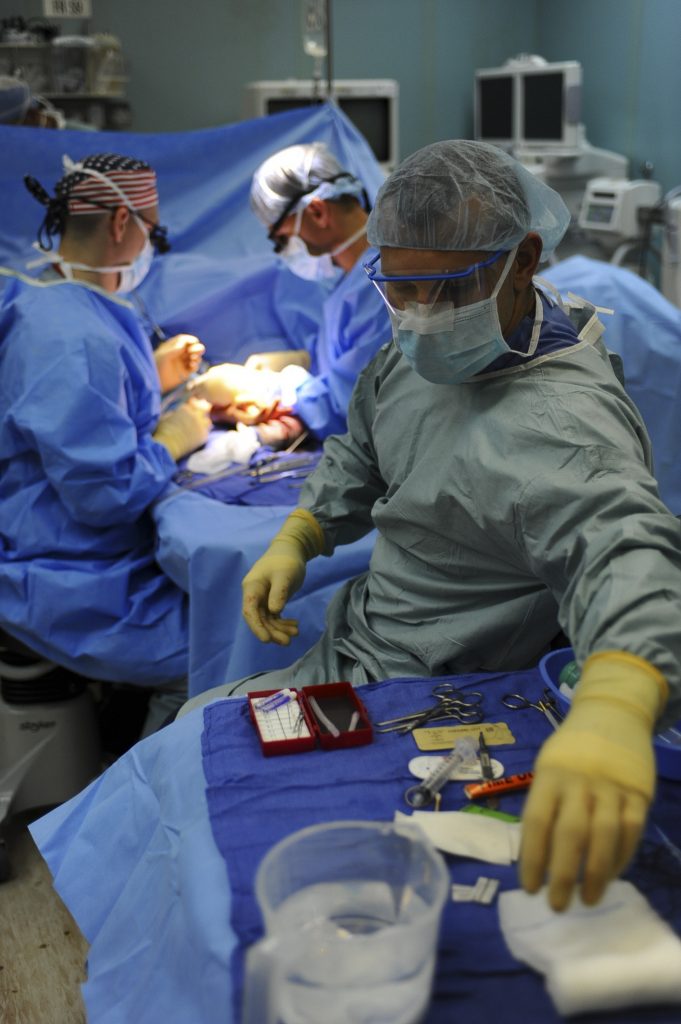
Lamps are used in general hospitals. Lamps are used in offices, wards, and corridors. Energy-saving lamps are used for sanitary napkins in halls, corridors and elevators, or lamp tubes, ceiling lamps, and grilles can be used if conditions permit. Energy-saving in operating rooms The light catalyst should not be color cast. If possible, the entire ward system can be disinfected with photocatalyst.
- Low electromagnetic interference lighting system
The environment has strict requirements for avoiding electromagnetic interference. Ordinary discharge lamps are prone to produce strong electromagnetic interference signals, which can cause errors when precision equipment is working and affect the diagnosis results. Therefore, choosing a lighting system with low electromagnetic interference is of great significance to ensure the normal operation and sensitivity of the instrument.
- Energy-saving intelligent lighting system
Use high-efficiency lighting sources. High-efficiency three-primary-color fluorescent lamps and LED light sources are currently ideal light sources. Energy-saving is a powerful measure for lighting energy saving. Inductive control can be used, and some scenes can also be set, which not only saves energy, but also improves the lighting effect.
The difference between office lighting LED panel lights and traditional lamps
The difference between the two is mainly in the following aspects:
Difference 1: The difference in color temperature uniformity
The office building office shu room lighting LED panel light is composed of multiple luminous bodies. The colors emitted by the luminous body and the luminous body are different, and there are also certain differences between them. The color will be subtle when viewed from different angles. Difference, while traditional lamps are composed of a single luminous body, there is no problem of color difference;
Difference 2: The length of service life is different
Office lighting LED panel lights are environmentally friendly and energy-saving, and have a much longer life span compared to traditional lamps. However, the life span of LED panel lights has not been accurately measured.
Difference 3: Environmental protection and health are different
office building office lighting LED panel light has a great advantage in environmental protection and health, and has a good anti-ultraviolet and red appearance radiation.
The cost of LED panel lights for office lighting of good quality office buildings is very high. Any product has high, middle and low grades, so consumers have a distinction between high, middle and low levels. If consumers are pursuing high quality, they generally pay great attention to quality. Yes, the quality is not good, even if the price is low, don’t want it. This is what kind of consumer groups will have for the quality. Those who want to buy high-quality products at low prices are generally low-level consumers, who are often deceived by low prices because they are too greedy.
How to design office lighting
- The use of lighting
In general office space, most working hours are during the day. Therefore, artificial lighting should be combined with natural lighting to create a comfortable lighting environment. Therefore, in terms of lighting design, it is necessary to fully consider the coordination of natural lighting and artificial lighting.
In places where the indoor brightness distribution changes too much and the line of sight is not fixed, the eyes are constantly looking around and their adaptation conditions often change, which will cause eye fatigue and discomfort. Therefore, a combination of accent lighting and local lighting can be used in lighting design. Too average lighting will make the room appear dull.
For example, in an open office area, the lighting design can be focused on the office location, while other areas can be weaker. The front hall reception area, logo image wall, and reception area can be accent lighting, and other areas can be weaker. The meeting room space mainly considers the lighting of the space above the meeting table, and other areas can be partially illuminated.
- Use of color
Color and area:
Principles In design, large-area color applications should reduce their chromaticity (such as floors, ceilings and walls), and small-area color applications should increase their chromaticity (such as partial accessories and decorations). Bright colors, weak colors should expand the area, dark colors, strong colors should reduce the area. According to the needs of the design style, in order to break the balance, the opposite method is often used to achieve special lighting effects.
Generally speaking, open office areas are mostly crowds of people, and the overall unified effect should be emphasized. When matching colors, it is more appropriate to use a series of shades of the same hue. For example, using the same uniform change of hue to achieve obvious results. The general visual emphasis center (such as the front hall logo wall and reception desk, etc.) “visibility” and “conspicuousness” must be emphasized, and colors of different hues can be used.
- Reasonable light source color tone.
The color tone is divided into cold and warm, which is for the effect of light on human physiology. Generally, the orange, yellow, and red end colors are called warm colors, which give people a feeling of warmth and enthusiasm, while the blue colors are related to calm, ease, and coolness, and are called cool colors. In the lighting design of office buildings, high color temperature matches the high illuminance level, and low color temperature matches the low illuminance level.
- Prevent light pollution
Light pollution is generally caused by the dizziness caused by mirror reflection and the discomfort caused by unreasonable lighting. The most direct human discomfort is glare. Direct glare comes from high-angle light from lamps and other bright objects such as windows. Reflected glare is the reflected light caused by paper, desks and other equipment. In the lighting design of office buildings, attention should be paid to the adjustment and layout of light source brightness, illuminance, uniformity, and color tone to avoid such light pollution.

